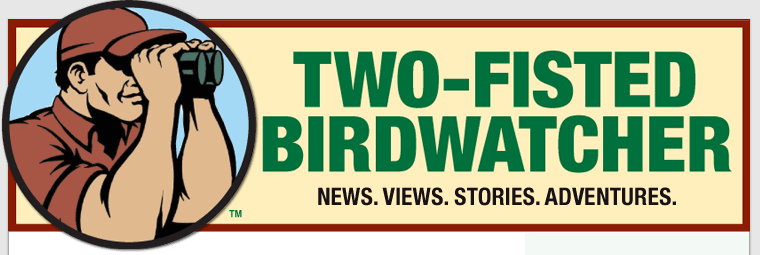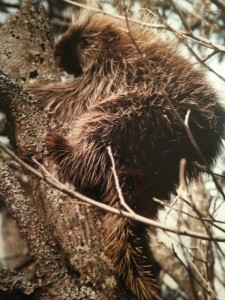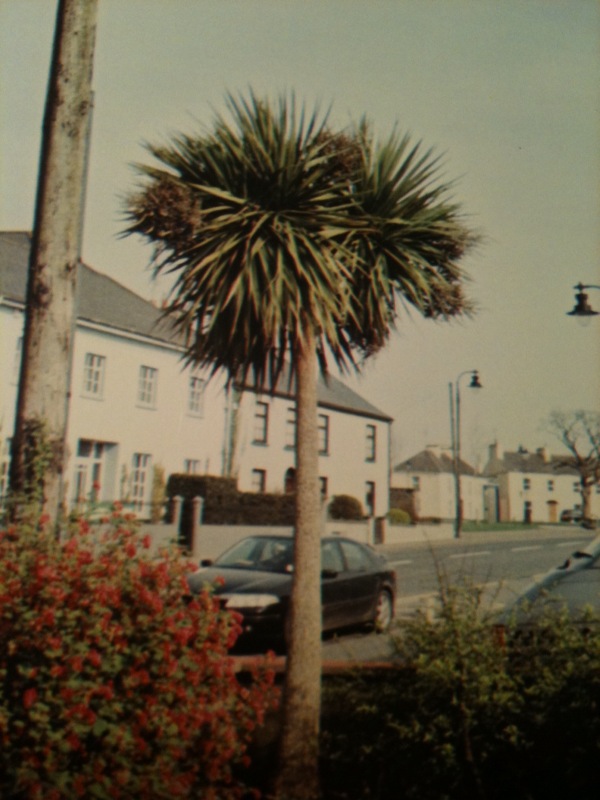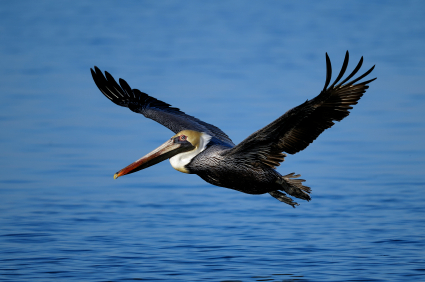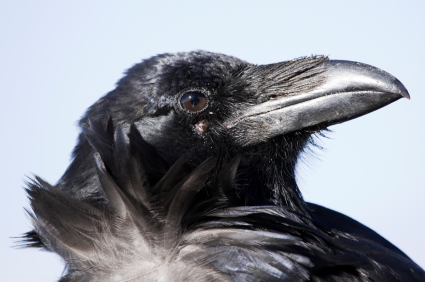“I’ve got a problem,” she said. “I think I need…a bird detective.”
She smelled good. Jungle Gardenia, or something. I don’t know a gardenia from a garbanzo, but I like jungles. “How can I help you?” I said.
“Every night I walk Derek,” she answered. “And now we’re afraid. We can’t do it any more.”
“Derek?” I asked.
“Come on,” she said. “You and I are neighbors, Mr. Bird Detective! He’s my German Shepherd. You’ve seen him.”
Of course. I knew him. I knew her. She was the pretty woman who worked in our community as a theater director. I said, “Of course. Please go on.”

"I've got a problem..."
“Well,” she said, “a few nights ago I was walking Derek, rewarding him with Yogurt Yummies when he does his business. And there was this unholy scream behind us! Scared us out of our socks!”
“Where did this happen?”
“End of the street. By the woods. Gave me chills. Then I figured, hey, we have a coyote in the neighborhood, right?”
“Right out of a cowboy movie,” I said.
She said, “I remembered poor Cheech.”
Cheech was a cat who lived on our block. He disappeared recently and we were all warned about coyotes.
“Could a coyote be what howled at us? She asked. “Doubt it,” I said. “Coyotes wouldn’t get close.”
“And they don’t fly!”
“And coyotes don’t fly, do they?” She said, leaning forward, eyes wide. That got my attention. I said, “Fly? What are you talking about?”

"...they don't fly!"
“Mr. Bird Detective…here’s where the story gets weird,” she said. “The shriek happened again, louder, but this time over my head. This is why I’ve come to see you. What kind of bird scared us?”
“Hawks scream pretty loud,” I said. “But not at night. And there’s no motive.”
“Then I heard it again!” she said. “A block away. Still blood-curdling, still high in the sky.” She raised a shapely arm, with a shapely hand and a shapely finger pointing. Up. “Since then, I’m afraid to walk Derek at night. He’s not getting exercise.”
“Or Yogurt Yummies,” I added.
It sounded like she was describing the scream of a cat. They can make a loud caterwauling. Hey, could that be where the word, “caterwauling” comes from?
“Ever hear a cat scream?” I asked.
“Yeah, it was kinda like that,” she said. “But cats don’t fly. Besides, we haven’t had a cat in the neighborhood since Cheech was eaten by the coyote.”
“I’m not so sure,” I said. I was getting an idea about what had happened. I’d seen something at the end of that street, too, a long time ago. Sometimes the only clue a detective needs is a memory…
It was a black silhouette against a black sky, right out of a Halloween story. I’d shined a light on it, back then. Big yellow eyes stared back, unafraid. A Great Horned Owl doesn’t get afraid.

"...this wise guy was involved..."
I had a feeling this wise guy was involved. Owls don’t do screams, but they sure can cause them. “It was an owl,” I said. “Great Horned. And great big.”
“Why would it screech and scare us like that? Hey, was it a Screech Owl?” she asked. “There are Screech Owls, right? I’ve heard of them.” I nodded. This babe knew birds. “Yeah, there are Screech Owls. But this was a Great Horned, and deadly quiet.”
“So what made the noise?”
“There’s more than one way to skin a cat,” I said. “And more than one cat in this neighborhood.” She was all eyes. Nice eyes. “Hmmm,” she said, “I guess there could be other cats…poor Cheech couldn’t have been the only one.”
I said, “One of those other cats must have got out, and had been following you as you walked Derek. Probably smelled your Yogurt Yummies. Cats hunt at night, and they’re quiet.”
I reached for a field guide. Opened to the owl page and showed her The Great Horned. I said, “This guy grabbed that cat, the cat that was tailing you.”
She studied the page. I said, “Take a look at those talons, madam director. They steal the show.” The illustration showed a large skunk skewered in the owl’s claws. A cat would’ve fit even better in them.
“And the cat,” she said, “…made the noise!“
“He caterwauled,” I added. She said, “Poor thing. Those talons must have hurt. And he kept screaming as he was carried up, and away…”
“Which explains why the screams were flying,” I said. “No bird made them. But a bird caused them.”

"Derek will be pleased."
You’re good, bird detective,” she said. “And Derek will be pleased.”
“Because now he can walk at night again?” I said.
She shook her head. “Not just that. I think you exonerated a relative of his.”
It took me a second, but I saw her point. And I said, “Aha…the same owl probably got Cheech. A coyote wasn’t the culprit, after all. You’re pretty good, yourself, madam director, take a bow.”
~
A word about “The Bird Detective” and his adventures:
They’re an homage to two-fisted detective writing made popular by guys like Robert B. Parker and Mickey Spillane. But there’s a difference. Even though the pieces in this “Bird Detective” category seem playful, they’re all based on events that are entirely true. The story about the Cardinal that banged on a door, the cop who let a speeder go free because of a Pileated Woodpecker, the crow that got eaten thanks to a misguided tuna sandwich…the scream that flew…all these things really happened. How could they? It’s a mystery.
